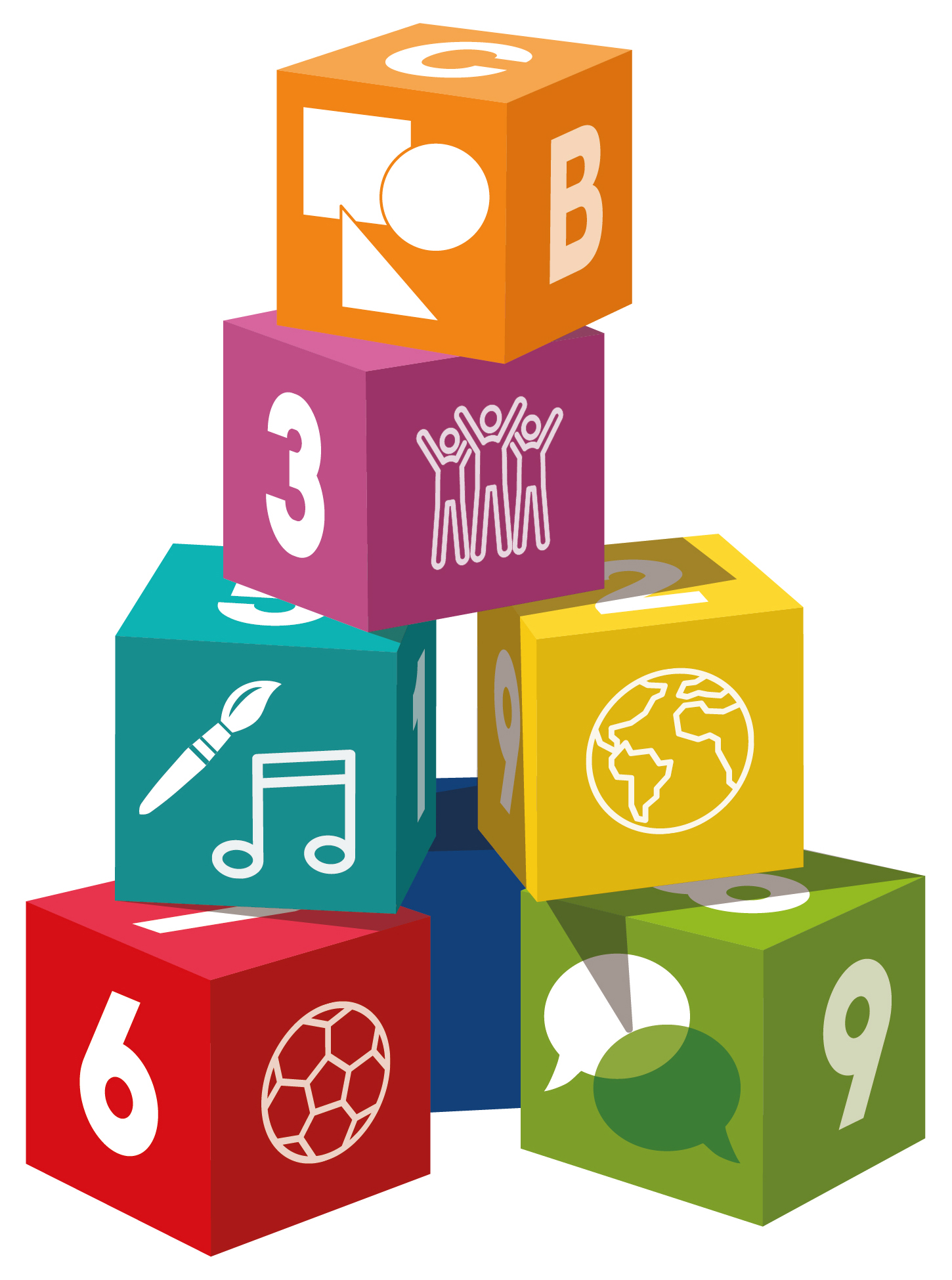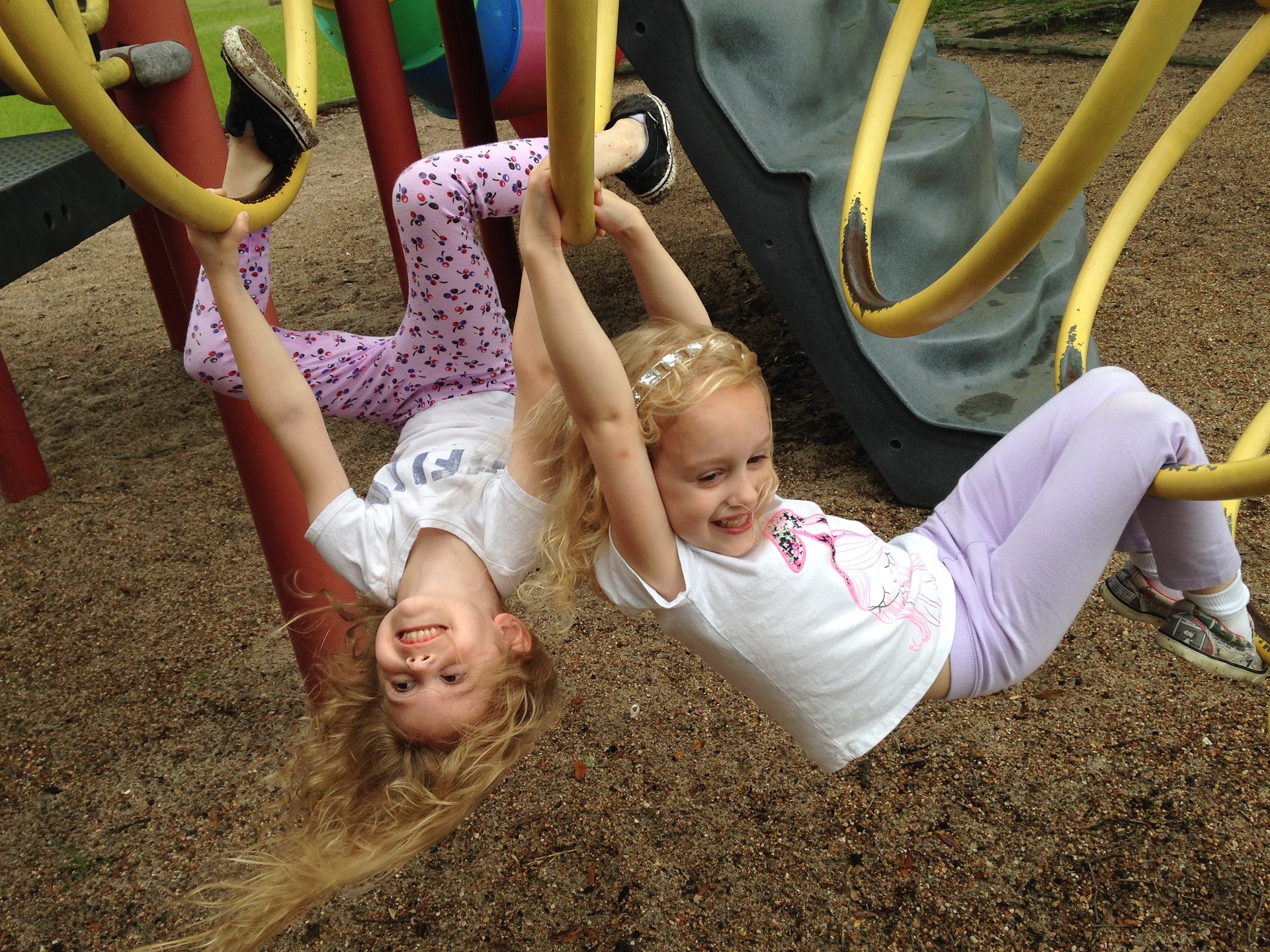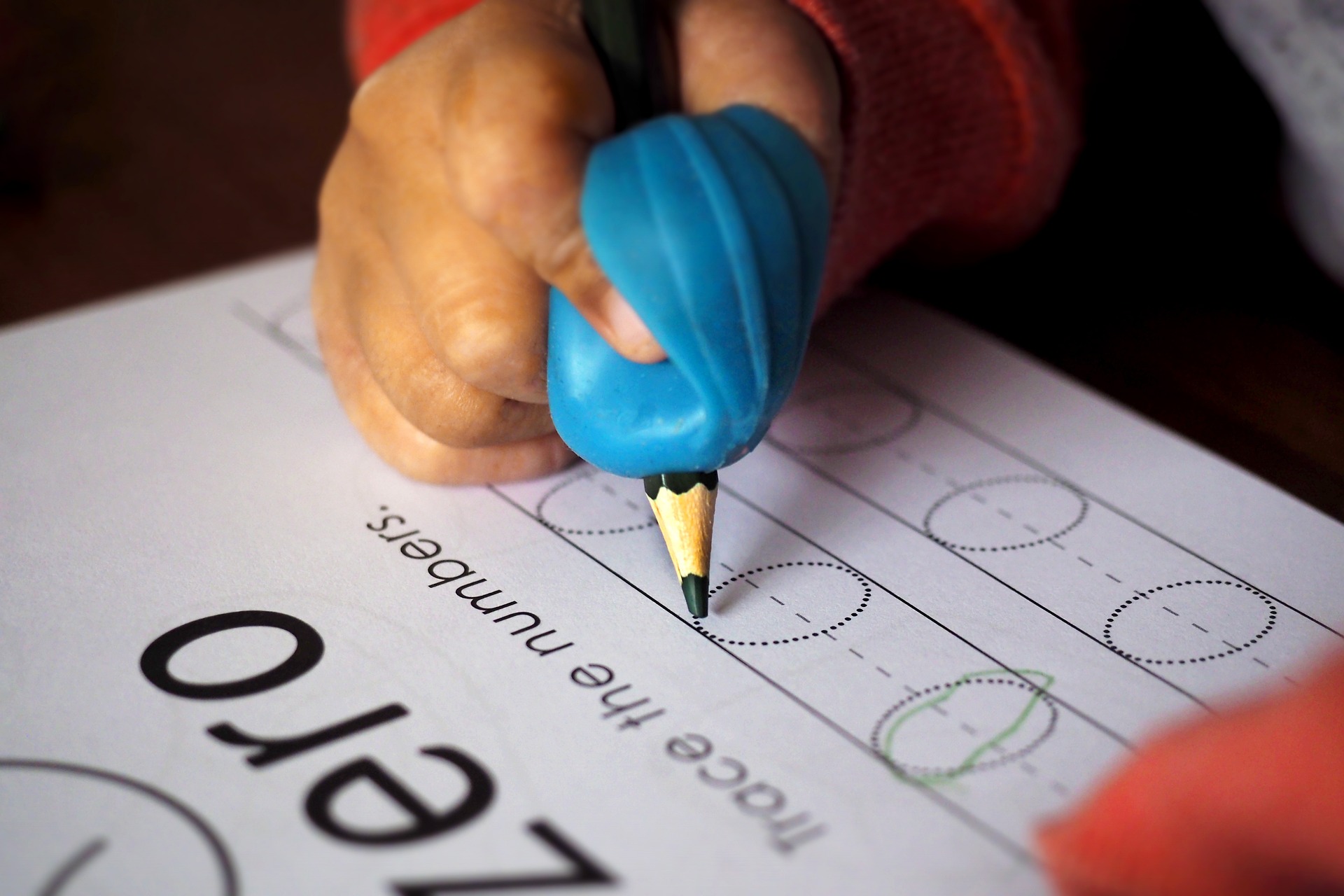Teaching and Learning Approaches
Teaching and learning approaches to the curriculum areas

The holistic approach to Early Years describes how all of the Cambridge Early Years curriculum areas are equally important and interconnected. It is therefore recommended that the content from these areas is taught in an interconnected and holistic manner. The following information will however support you to consider the teaching and learning approaches that are specific to each curriculum area.
Physical Development
It is important that children are provided with regular opportunities to be physically active, both for their development and for their health. Physical development can be broken down into gross (large) and fine motor skills, but alongside these skills, physical activity also contributes to children’s wider learning. For example:
- Cognitive development – as children move and explore, they learn about the features of objects and their own capabilities.
- Personal and social skills such as self-confidence, interaction, taking turns, getting along with others.
- The ability to write.
- Developing healthy patterns of activity that will hopefully last into adulthood.
Gross motor skills
Children develop physical skills from their trunks outwards and need to have good control of their large muscles before they can perfect their fine motor skills. They need lots of opportunities, and space, to move about and explore a wide range of movement activities, including walking, running, climbing, swinging, jumping and balancing.

To support this large muscle development, ensure children have regular opportunities for physically challenging activities that involve apparatus or objects, for example climbing frames, seesaws, balance bars, soft play equipment and obstacle courses. You should also provide movement activities that encourage children to challenge themselves with more complex movements, such as hopping, balancing and skipping. These support locomotion skills.
As children get older, they require more structured physical activities. Individual and simple small-team games are beneficial, especially those that require focusing attention, controlling actions and decision making.
Using games and action songs will help to develop children’s large movements, as well as encouraging them to express themselves through movement, and support the development of self-regulation and working memory. Songs that encourage coordinated movement through repetition and adding on phrases are especially useful for younger children, for example:
- Heads, Shoulders, Knees and Toes
- If You’re Happy and You Know It
- Row, Row, Row Your Boat
Movement games and songs that encourage cognitive flexibility and self-regulation become more useful as children get older, for example:
- Simon Says
- What’s the Time, Mister Wolf?
- Wind the Bobbin Up
It is also important to support children’s skills in stability and object control. Ideas for this include;
- Stop-start games, or being statues.
- Animal yoga or movement activities
- Rolling and throwing
- Bats and skittles
Fine motor skills
Fine motor skills are the co-ordination between small muscles in the hands, wrists and fingers, with the eyes and the brain. They involve strength, control and dexterity and are key to many activities such as getting dressed, writing or opening a door.

Children need regular opportunities to gain strength and co-ordination to develop effective fine motor skills. This is done through four main skills:
- Squeezing
- Pinching
- Twisting
- Co-ordination.
Activities that support fine motor skills include: threading, playing with rice and sand and small containers, soft modelling clay or dough, wind-up toys, lids and jars, nuts and bolts, peg boards, tweezers and tongs, squirty bottles, mark-making with a variety of materials, constructing with bricks and blocks.